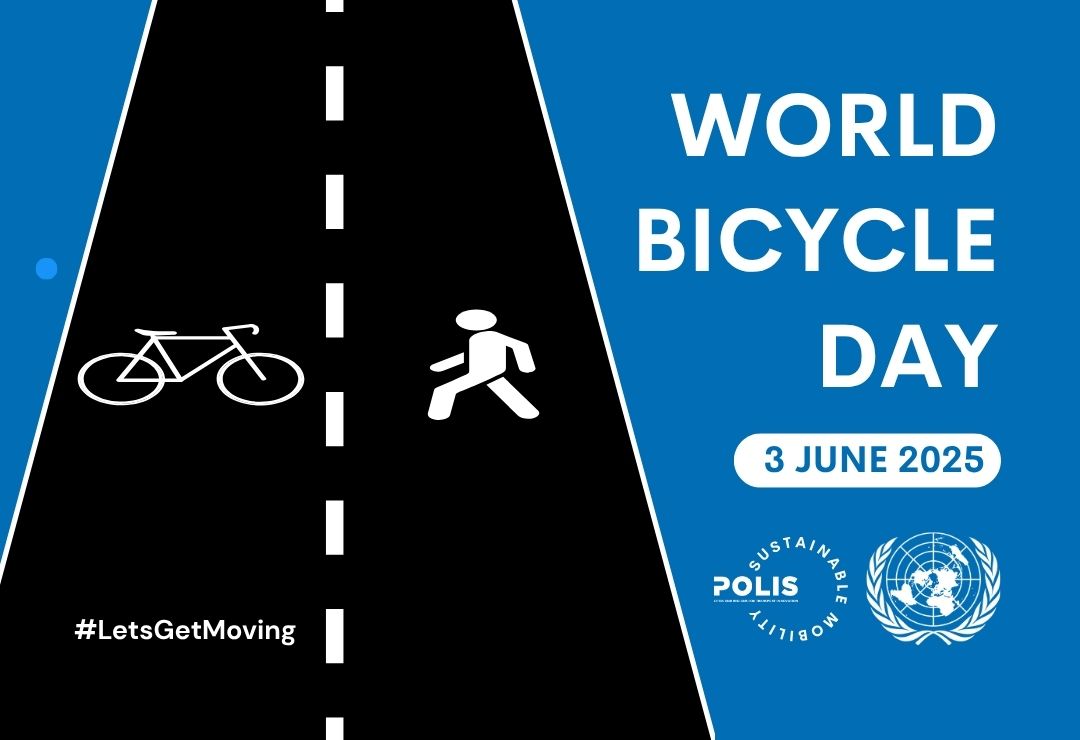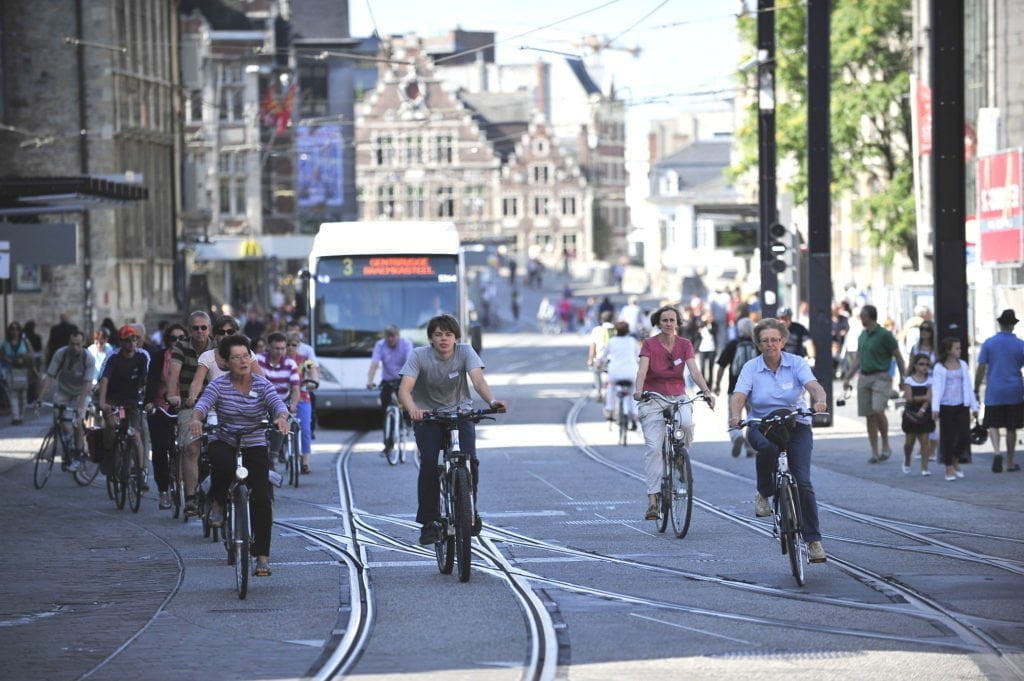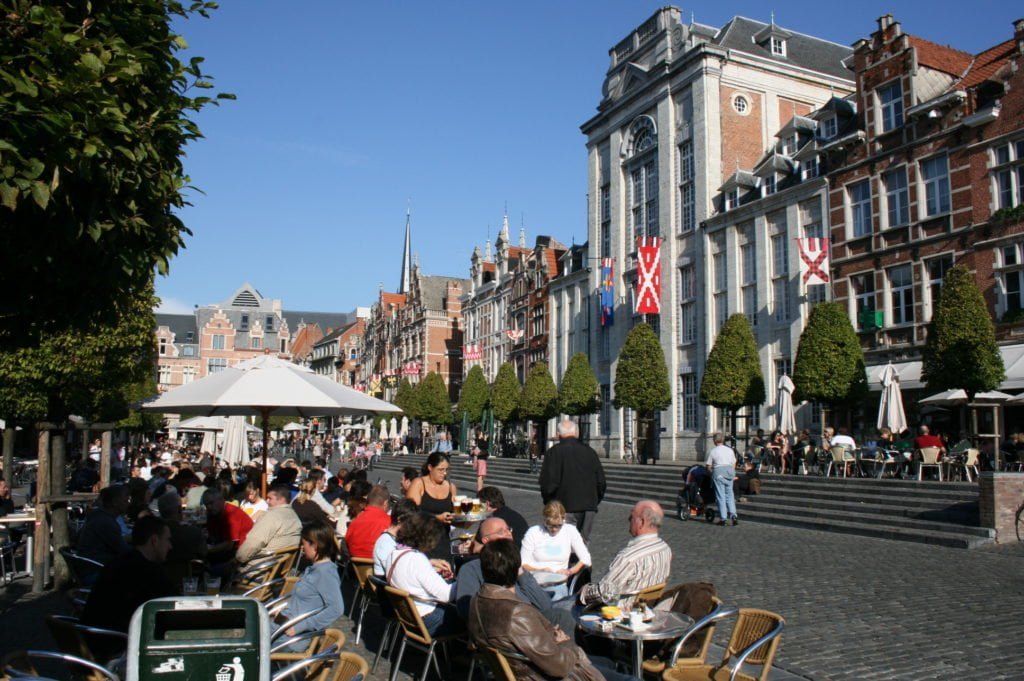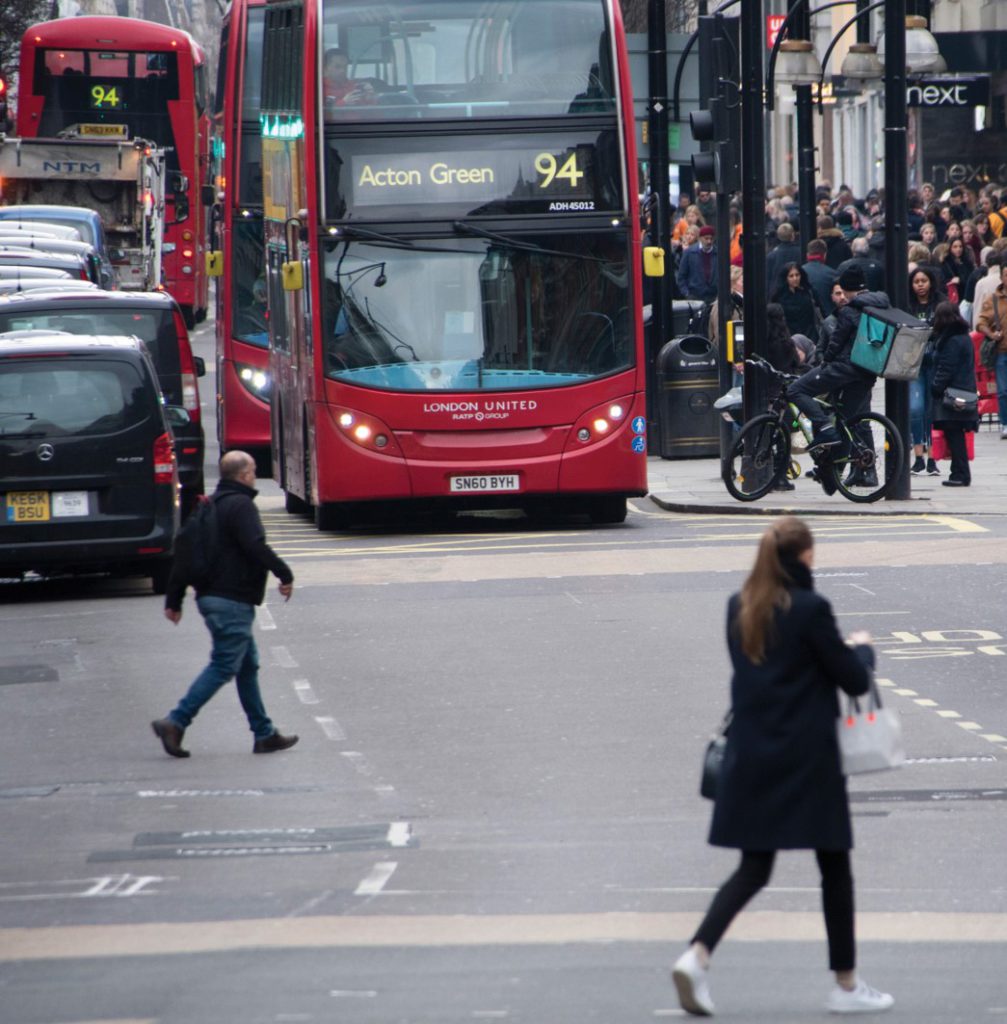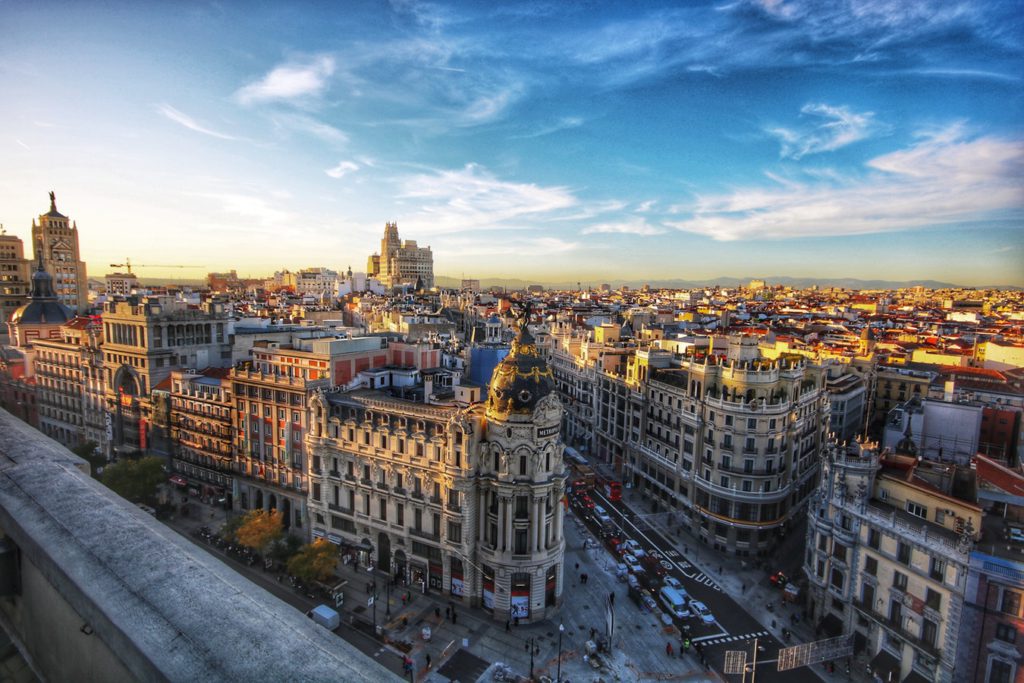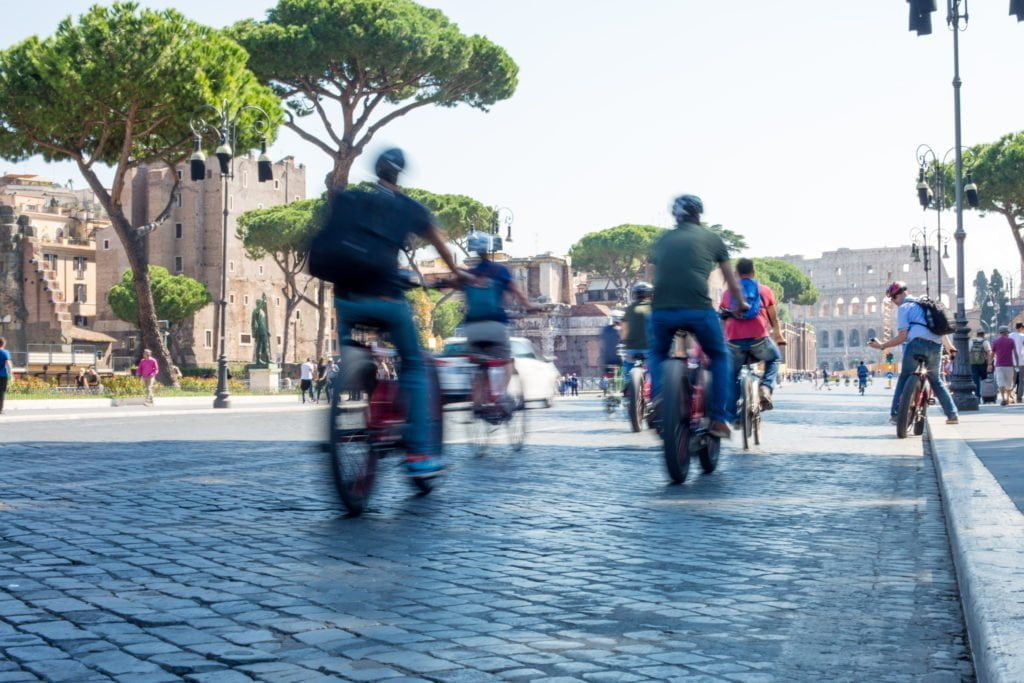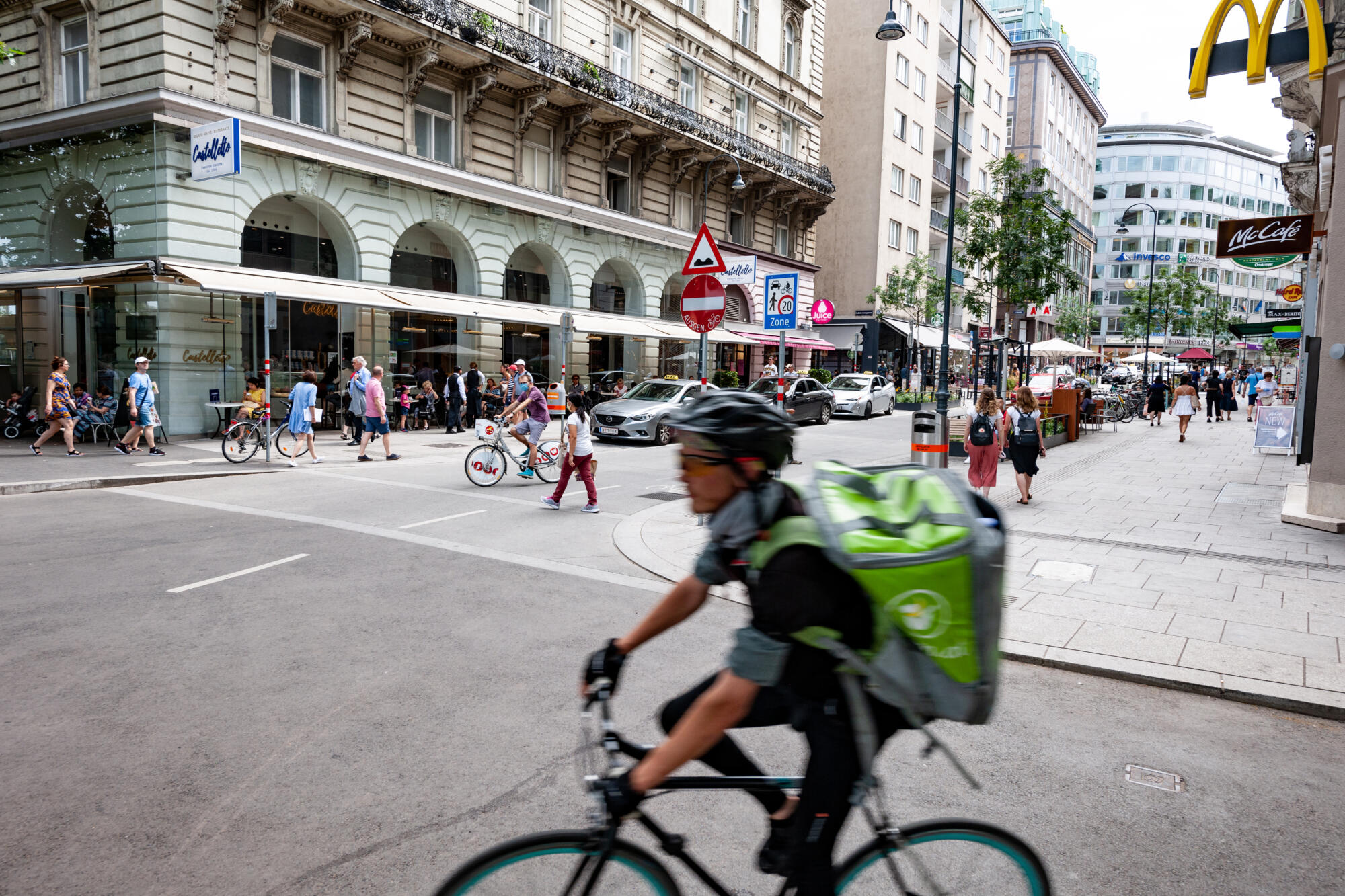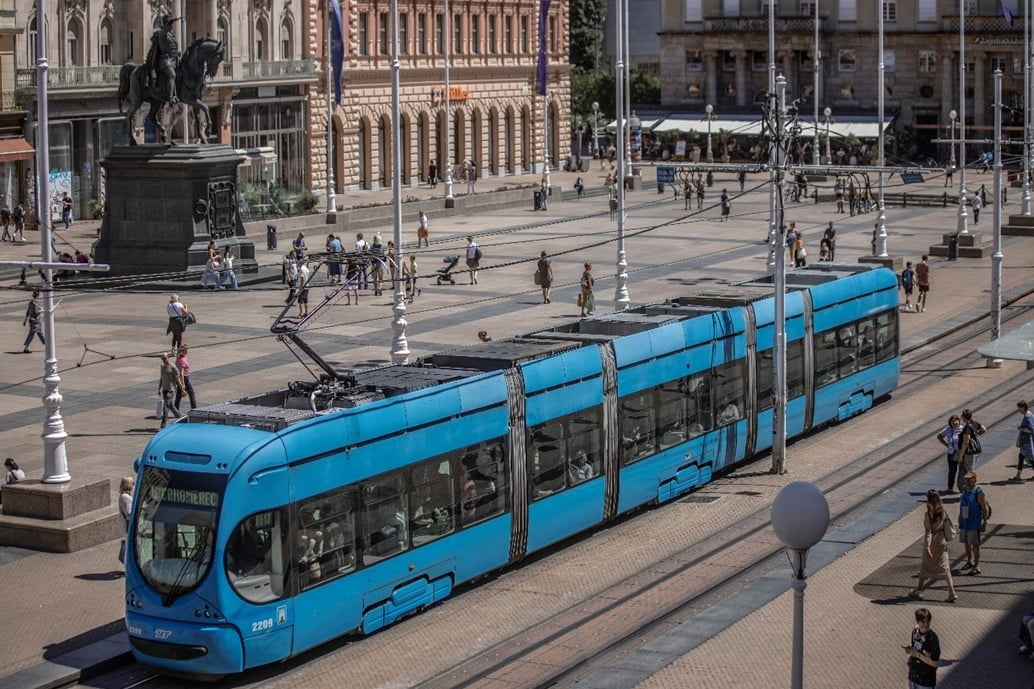World Bicycle Day 2025: Pedaling towards a healthier, greener future
World Bicycle Day, celebrated each year on 3 June, highlights the many benefits of cycling for our health, communities, and the environment. As cities re-think their transport systems, cycling stands out as a key component of sustainable and equitable mobility.
The bicycle represents a pillar of sustainable mobility: it is a simple, affordable, clean, and environmentally friendly mode of transportation. Encouraging its use not only contributes to better health and air quality, but it is an equitable and cost-effective solution, especially for those who cannot afford private cars.
The World Health Organisation (WHO) promotes safe and healthy active mobility to decrease physical inactivity, which is estimated to cause about 1 million deaths each year in the WHO European Region. To mark World Bicycle Day 2025, WHO and the Transport, Health and Environment Pan-European Programme (THE PEP) have launched the #LetsGetMoving challenge to encourage more people to make walking and cycling a daily habit.
Good for your health, your pocket, the environment… pretty much everything
Cycling—like walking and wheeling—offers numerous benefits for our well-being. By fostering an active lifestyle, it helps prevent and manage non-communicable diseases, which account for 90% of deaths and 80% of the health burden in Europe. Beyond physical health, cycling also improves mental well-being by reducing stress and social isolation.
Besides health, cycling supports a greener and quieter environment. Replacing car trips with cycling helps reduce air pollution—cutting over 16 million tons of CO2 emissions per year in the EU. Walking, cycling, and wheeling also lower noise pollution, which affects more than 20% of Europe’s urban population.
Cycling is not only healthy and green—it is also equitable and cost-effective. A study in London by Transport for London and other organisations shows that walking and cycling generate economic benefits for local communities.
More importantly, cycling can help address transport poverty. In suburban, peri-urban, and rural areas, limited access to public transport or active mobility options often leaves households—especially those on lower incomes—dependent on private cars, deepening financial vulnerability. This forced car ownership restricts freedom of choice.
To make the transition to climate neutrality socially fair, the EU Social Climate Fund (SCF) supports a shift toward public transport, shared mobility, and active travel. Member States are encouraged to include cycling measures in their Social Climate Plans—making bikes more affordable, supporting shared services, and improving cycling infrastructure.
Promoting active mobility requires a cross-sectoral approach. The HL4EU (Healthy Lifestyles for Europe) project works to raise awareness of healthy lifestyles and fosters cooperation across policies and sectors to improve access to active mobility.
Is cycling truly for everyone?
To mainstream cycling, cities must rethink their streets to incentivise people to adopt this active mode of transport. But first, urban spaces must be redesigned to prioritise safety, which means that roads and streets must be made structurally safe so that people, including vulnerable groups such as children, can cycle confidently and independently.
The Belgian city of Leuven sets an example. In partnership with the non-profit Mobiel 21, the city conducted a journey-mapping exercise focusing on the safety concerns of cycling mothers. Their findings reinforce the importance of safe infrastructure in making cycling a viable and inclusive option. Turku, Finland, is instead revolutionising school travel to enhance children's well-being, learning capabilities, and environmental sustainability by fostering cycling skills and a culture of active and sustainable mobility from an early age.
As World Bicycle Day coincides with Pride Month, it is also essential to address inclusivity in cycling. Stereotypes that suggest cycling is only for white and thin people (or men, really) lead to gender, racial and weight biases, as well as the exclusion of marginalised groups such as queer and disabled individuals. For mobility to be truly sustainable, both modal and mental shifts are needed to embrace diversity and ensure that cycling is for everyone.
Pedalling forward
In April 2024, the EU adopted the European Declaration on Cycling, officially recognising cycling as a central component of sustainable mobility. This is a pivotal document: the Declaration places inclusion, equity, safety, and multilevel governance as the basis for a real uptake of cycling in the EU, and it outlines a roadmap for making cycling more widespread and accessible.
Since the adoption of the Declaration, European cities and regions have ramped up their cycling efforts. From Flanders to Vienna, Groningen to Gothenburg, our members have upscaled their efforts in developing cycling infrastructure. Ghent, for instance, has been named Cycling City 2024 by the Flemish Foundation for Traffic Studies (VSV)—a well-deserved recognition for its efforts in expanding cycling infrastructure and innovative solutions.
Capital cities are also embracing cycling to manage population flows. Madrid has expanded its electric bicycle network to neighbouring municipalities, while Rome is building an ambitious continuous cycle route. In addition to enhancing its cycling infrastructure, Zagreb has recently launched a new bike-sharing scheme aiming to combine cycling with public transport.
Bike-sharing is proving to be a valuable urban mobility solution—affordable, accessible, and environmentally sound. Bologna is a leading example of a bike-friendly city, and it has recently expanded its bike-sharing service. A recent study by Cycling Industries Europe (CIE) on bike-sharing performance in 148 European cities highlights the role of bike-sharing in climate action, with our members Paris and Antwerp ranking among the top cities regarding daily trips per 1000 inhabitants.
As cities and regions across Europe embrace cycling, it is clear that with the right infrastructure, policies, and inclusive mindset, cycling can become a truly accessible and sustainable solution for all.
